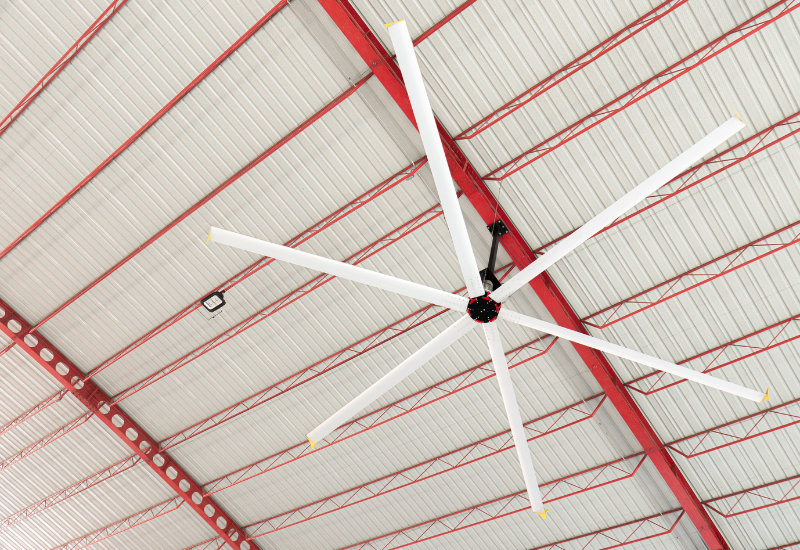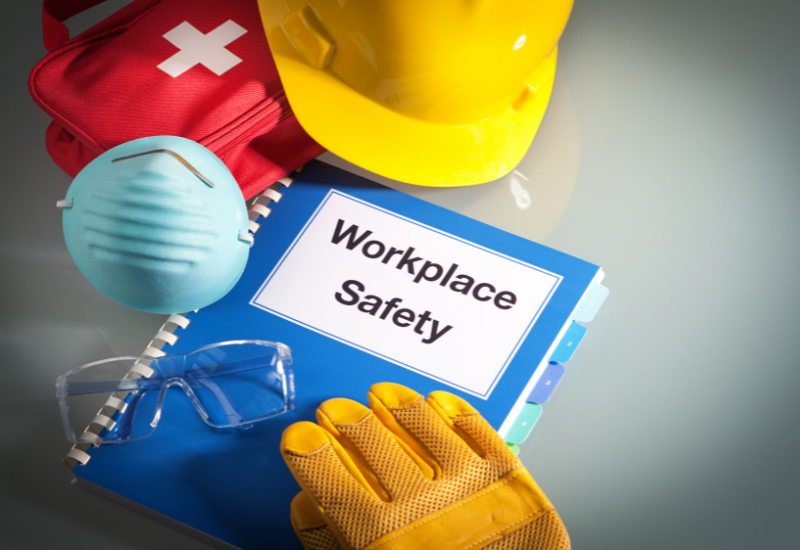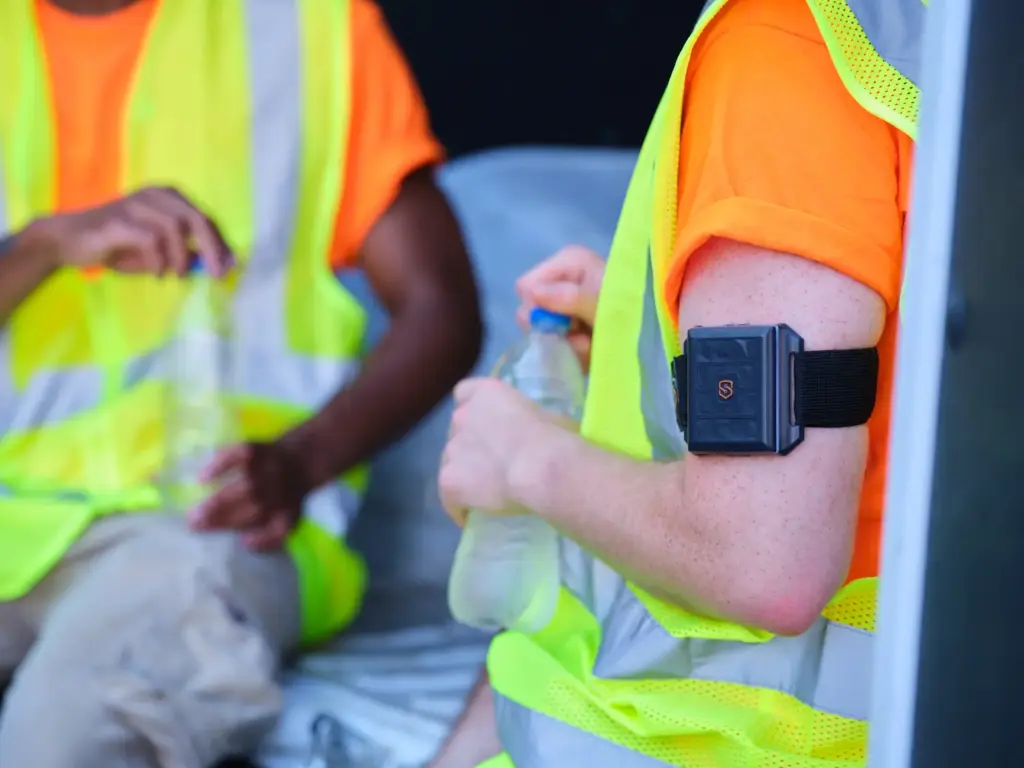Imagine a hot, sweltering day with the sun mercilessly beating down on the backs of outdoor workers. Now, consider the indoor workers toiling in environments where heat-generating machines are constantly operating. Heat stress is a silent yet lethal hazard that is often underestimated in workplaces around the globe. For companies, addressing this issue is crucial, especially when considering the physical demands of certain jobs or the hot climates in which many companies operate.
Heat stress occurs when the body’s means of controlling its internal temperature starts to fail. It can manifest in various forms, from mild heat rashes to potentially fatal heat stroke. Other heat-related illnesses include heat exhaustion, heat cramps, and heat syncope (fainting). A comprehensive heat stress prevention program is essential to protect workers from these health issues and ensure their well-being.
If you already have a heat stress program, the off-season, when temperatures are relatively cooler, is the ideal time to review and improve your program for the coming year. Analyzing past data, investing in new cooling equipment or technologies, updating training programs, and implementing new procedures can significantly enhance protection against heat stress. By taking proactive steps during the off-season, you can ensure that your heat stress program is as effective as possible when the heat returns.
Key Components of a Heat Stress Prevention Program
Heat stress prevention is a multi-faceted approach that involves several key components. Each component plays a crucial role in ensuring the safety and well-being of employees working in hot environments. Let’s take a look at some of the keys to a successful heat stress prevention program and how they apply to industrial settings, the military and first responders.

Data Analysis
Analyzing past data is pivotal for assessing the effectiveness of your existing heat stress program. This involves examining heat-related incidents, near misses and employee feedback to identify areas that require improvement. What that might look like:
- In the fire response industry, analyzing data on heat-related illness events during operations can provide insights into the effectiveness of the current cooling and hydration strategies.
- In the industrial sector, examining data on heat-related incidents during peak summer months can help assess the effectiveness of current ventilation systems and work/rest cycles.
- In the military, analyzing data on soldiers’ heat-related illnesses during training or operations in hot climates can offer insights into the effectiveness of current training programs and heat acclimatization strategies.

Cooling Equipment and Technology
Investing in new cooling equipment or technologies is essential to maintain a comfortable working environment. This includes fans, air conditioning units, wearable technology and ventilation systems. What that might look like:
- In industrial settings like manufacturing plants, installing high-volume, low-speed (HVLS) fans can help circulate air more efficiently, reducing the apparent temperature and keeping workers comfortable.
- In the military, investing in advanced cooling vests that use phase change materials can help soldiers maintain their core body temperature during operations in hot climates.
- For first responders like firefighters, using cooling vests with active cooling technology can help reduce heat strain during prolonged operations.

Training Programs
Regular training is essential to ensure that employees understand the risks associated with heat stress and the measures to prevent it. Updating training programs to include the latest information and best practices is key to keeping workers safe. What that might look like:
- In the industrial sector, training programs could include information on the signs and symptoms of heat-related illnesses, the importance of staying hydrated and the proper use of personal cooling equipment.
- For first responders, training could also include information on the physiological changes that occur during heat stress and the importance of monitoring one’s own condition and that of colleagues.
- In the military, training programs could include information on the importance of acclimatization, proper hydration and nutrition to prevent heat-related illnesses during operations in hot climates.
Procedures and Policies
Implementing new procedures or updating existing ones is essential to minimize the risk of heat-related illnesses. This includes work/rest cycles, hydration policies, and guidelines for wearing appropriate clothing. What that might look like:
- In the industrial sector, implementing a policy that mandates regular breaks in a cool area and providing cooled water or electrolyte-replenishing beverages can help prevent heat-related illnesses.
- For first responders, implementing procedures for regular monitoring of body temperature and heart rate during operations can help in the early detection of heat strain.
- In the military, implementing policies that mandate acclimatization periods for soldiers deployed to hot climates can help reduce the risk of heat-related illnesses.
By understanding and implementing these key components of a heat stress prevention program, organizations can ensure the safety and well-being of their employees working in hot environments. Whether you are in the industrial sector, a first responder, or in the military, it is crucial to take proactive steps to prevent heat-related illnesses and ensure the safety of your workforce.

SlateSafety Can Help
SlateSafety provides products aimed at protecting workers from heat-related illnesses and injuries. With wearable technology, real-time alerts, environmental monitoring, and robust software solutions, SlateSafety helps organizations keep their workforce safe and save money on potential injuries and related fines.
Investing in innovative solutions like those offered by SlateSafety can significantly enhance your organization’s ability to protect its workers from heat-related illnesses and injuries. Now is the time to act. Review your current heat stress prevention program, invest in new technologies, update your training programs and implement new procedures to better protect against heat stress. Explore SlateSafety and see how they can help you address the dangers of heat stress.

